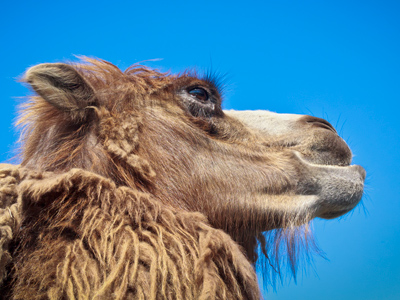
Adaptation
This is a special quiz about KS2 Science! It's all about adaptation – when animals and plants change to fit in better where they live.
Adaptation means animals and plants adjust to where they are. Ever wondered why a giraffe has a super long neck or why sharks have lots of teeth? It's because they changed to match their homes. A cactus is spiky, and a sloth hardly moves – that's their way of fitting in. All these cool changes help them survive where they live!
Test what you know about how animals and plants fit into their homes with this fun adaptation quiz. Give it a try!
Click to See How Quizzes Help LearningReady for more?
not all...
quizzers. Try to win a coveted spot on our Hall of Fame Page.







